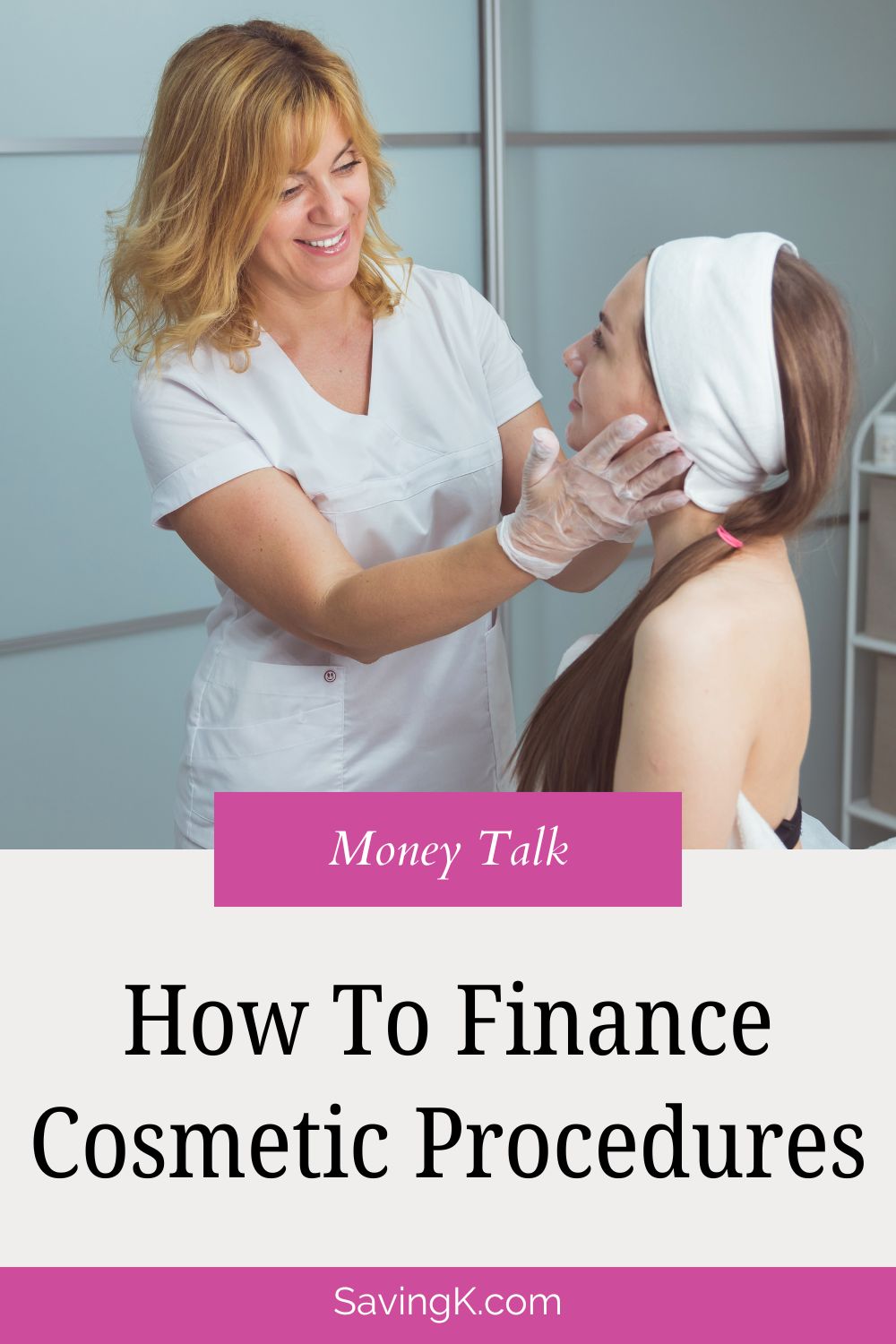
Cosmetic procedures have become increasingly popular in recent years, offering individuals the opportunity to enhance their appearance and boost their confidence. Whether it’s Lasik eye surgery for clearer vision or a mommy makeover to regain pre-pregnancy physique, the desire for cosmetic enhancements is prevalent. However, the costs associated with such procedures can often be a barrier for many individuals. Fortunately, there are various financing options available to help make these treatments more accessible. In this guide, we’ll explore how to finance cosmetic procedures effectively, covering different financing options, their pros and cons, and essential considerations to keep in mind.
Contents
Understanding the Costs
Before delving into financing options, it’s crucial to understand the costs associated with cosmetic procedures. Costs can vary widely depending on the type of procedure, the provider’s expertise, geographical location, and additional factors such as facility fees and anesthesia costs. For example, Lasik eye surgery can range from $2,000 to $4,000 per eye, while a mommy makeover combining procedures like breast augmentation, tummy tuck, and liposuction can cost anywhere from $10,000 to $20,000 or more.

Financing Options
When exploring avenues to finance cosmetic procedures, individuals have a variety of options at their disposal, each with its own set of advantages and considerations.
Personal Loans
Personal loans from banks, credit unions, or online lenders are a common way to finance cosmetic procedures. These loans typically offer fixed or variable interest rates and can be secured or unsecured. Pros include flexibility in loan terms and repayment schedules. However, borrowers should be mindful of interest rates and potential fees, and ensure they can comfortably manage monthly payments.
PersonalLoans.com helps you get the funding you need, up to $35,000, to be used for whatever comes your way, whether it’s an emergency, business startup, home improvement, dream vacation, or unexpected bill. If you are approved, you can receive your funds as soon as tomorrow.
Medical Credit Cards
Medical credit cards, such as Prosper and Care Credit, are specifically designed to cover healthcare expenses, including cosmetic procedures. They often come with promotional financing options such as zero-interest periods for a certain period. While convenient for covering medical expenses, borrowers should be cautious of high-interest rates if balances are not paid off within the promotional period.
CareCredit medical credit cards offer convenient financing options for a wide range of healthcare expenses, including cosmetic procedures, with promotional financing offers and flexible repayment plans tailored to individual needs, providing accessibility to treatments while managing costs.
Provider Payment Plans
Many cosmetic surgery providers offer in-house financing or payment plans to help patients manage the cost of procedures. These plans may involve making monthly payments directly to the provider over a predetermined period. While convenient, patients should inquire about interest rates, fees, and eligibility requirements before committing to a provider’s payment plan.
Personal Savings
Using personal savings is a straightforward way to finance cosmetic procedures without incurring debt. By saving up over time, individuals can cover the cost of their desired procedures without worrying about interest rates or repayment schedules. However, it’s essential to ensure that dipping into savings won’t compromise financial security or emergency funds.
0% APR Credit Cards
Some credit cards offer introductory periods with 0% APR on purchases, making them an attractive option for financing cosmetic procedures. During the promotional period, borrowers can make purchases without accruing interest, allowing them to spread out payments over time without additional costs. However, it’s crucial to pay off the balance before the promotional period ends to avoid high-interest rates.
HSA/FSA
Did you know that your Health Savings Account (HSA) or Flexible Spending Account (FSA) can cover more than just the basics? They’re not just for doctor visits and prescription medications anymore. And they are just for glasses, contact lenses, and even over-the-counter meds. They can also be used for certain cosmetic procedures, providing a tax-advantaged way to finance treatments.
Click here for 23 surprising HSA/FSA eligible expenses.
Pros and Cons of Financing Options
When weighing the pros and cons of different financing options for cosmetic procedures, it’s essential to consider the unique features and potential drawbacks of each avenue.
- Personal Loans
Pros: Flexible terms, potentially lower interest rates.
Cons: Requires a good credit score, may involve fees, interest accrual over time. - Medical Credit Cards
Pros: Promotional financing offers, convenience.
Cons: High-interest rates after promotional period, potential for accruing debt if not managed responsibly. - Provider Payment Plans
Pros: Tailored to the specific procedure, may have low or no interest.
Cons: Limited to specific providers, potential eligibility requirements. - Personal Savings
Pros: No interest, no repayment required.
Cons: May deplete savings, potentially compromising financial security. - 0% APR Credit Cards
Pros: Introductory period with no interest, flexibility in payments.
Cons: High-interest rates after promotional period, potential for accruing debt if not managed responsibly. - HSA/FSA
Pros: Tax advantages and financial flexibility.
Cons: Limited by eligibility requirements and contribution limits.
Loan Terms and Eligibility
When considering financing options, borrowers should pay attention to loan terms such as interest rates, repayment periods, and any additional fees. It’s essential to compare offers from multiple lenders to find the most favorable terms. Additionally, eligibility requirements such as credit score, income, and employment status may vary depending on the lender or provider.
Planning for the Expense
Planning for cosmetic procedure expenses involves careful budgeting and consideration of one’s financial situation. Here are some tips to help plan for this type of expense:
- Budgeting: Determine the total cost of the procedure and assess your financial situation to determine how much you can comfortably afford to borrow or pay out of pocket.
- Saving: Start saving for the procedure well in advance to reduce the amount needed to finance. Consider setting up a dedicated savings account specifically for medical expenses.
- Research: Research different financing options and providers to find the best fit for your needs and budget. Compare interest rates, fees, and repayment terms to make an informed decision.
- Consultation: Schedule consultations with cosmetic surgeons to discuss your desired procedure and associated costs. Some providers may offer financing options or discounts for paying upfront.
In conclusion, financing cosmetic procedures can make them more accessible to individuals seeking to enhance their appearance and boost their confidence. By understanding the various financing options available, comparing terms and eligibility requirements, and carefully planning for the expense, individuals can make informed decisions that align with their financial goals and circumstances. Whether it’s through personal loans, medical credit cards, or provider payment plans, financing options can help individuals achieve their desired cosmetic enhancements while managing their finances responsibly.
Featured Image Credit: Deposit Photos




